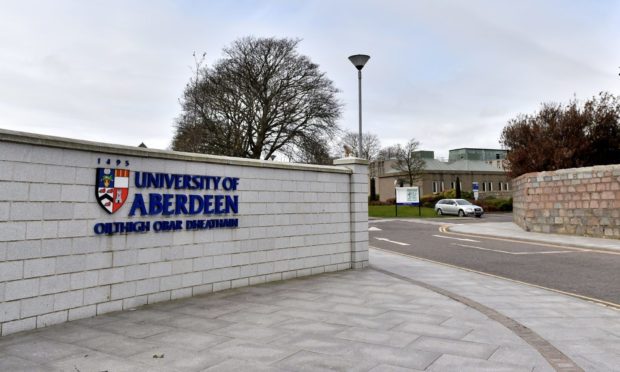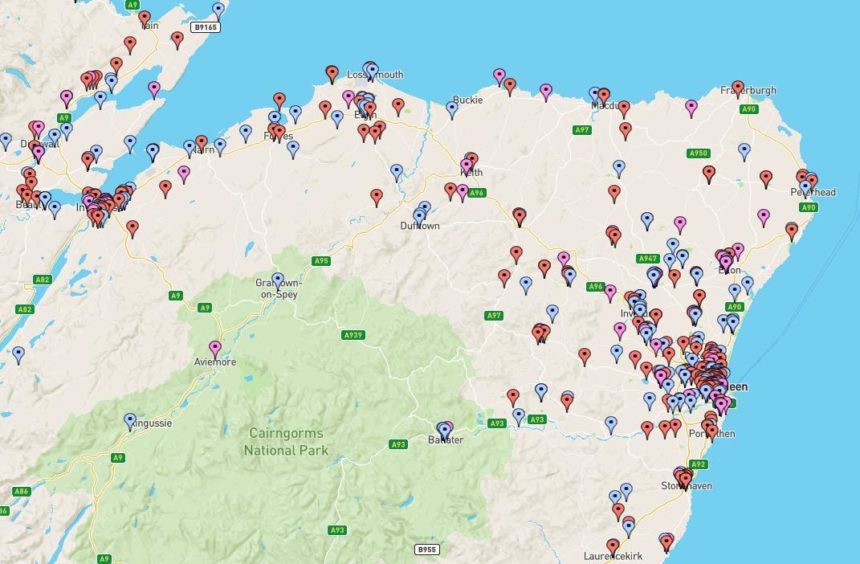Researchers are looking to speak to people from the north-east with Northern Isles ancestry as part of a major genetic study.
More than 290 volunteers in the region have already taken part in the Viking II study.
It aims to better understand the causes of conditions such as diabetes, stroke, heart disease, cancer and others.
The results of the study could lead to new treatments for these conditions. It has been running for one year and is recruiting people with at least two grandparents from Orkney or Shetland.
The unique genetic identity of those with Northern Isles ancestry offers an opportunity to give a detailed picture of how genes are implicated in health.
‘Unique genetic history’
People living in the north-east have answered the call to volunteer, but researchers are hoping for more to take part.
Professor Jim Wilson, who leads the study, said: “The long-standing links between the Northern Isles and Aberdeen has meant Aberdeen is the first port of call for Orcadians and Shetlanders.
“These links originally formed through the North of Scotland, Orkney & Shetland Steam Navigation Company, known to many as the North boats.
“Thousands will have in turn made their homes in the north-east over the last 150 years, with Orcadians, in particular, moving to the fertile farmland of Aberdeenshire.
“I hope that many descendants of this significant diaspora will join our study to help understand their unique genetic heritage.”
Volunteers in the UK can choose to have information on limited genetic results returned to them through the NHS.
This information could be useful for future healthcare, including taking preventive actions to reduce the impact of genetic conditions.
Andrea Drummond, a Viking II study volunteer from Westhill, felt it was important to get involved after results from previous work by the researchers benefited her family.
She said: “My sister took part in the very first Viking study. She was identified as one of the participants with Long QT, a gene that negatively affects heart rhythm.
“I was then tested to see if I carried this genetic condition.
“I couldn’t see why I wouldn’t take part in Viking II, as it’s so straightforward.
“A quick questionnaire and a saliva sample, which potentially can help further developments in genetics.
“It could possibly support treatment and awareness for many people not just in Orkney and Shetland but beyond.”
Valuable insights into diseases
Sonya Ledford, an Aberdeen-based volunteer, said: “I would really like to find out more for my kids and help with any information that might help in genetics. It is important research which could make a difference.”
The clinical aspects of the study are led by Aberdeen University and NHS Grampian clinical genetics doctors Professor Zosia Miedzybrodzka and Dr John Dean.
They have been holding clinics in Shetland and Orkney for more than 20 years.
Prof Miedzybrodzka said: “Studying the genetics of the Northern Isles is giving valuable insights into the causes of disease, and each and every sample makes a difference.”
Those interested in taking part can register by visiting: www.ed.ac.uk/viking.











